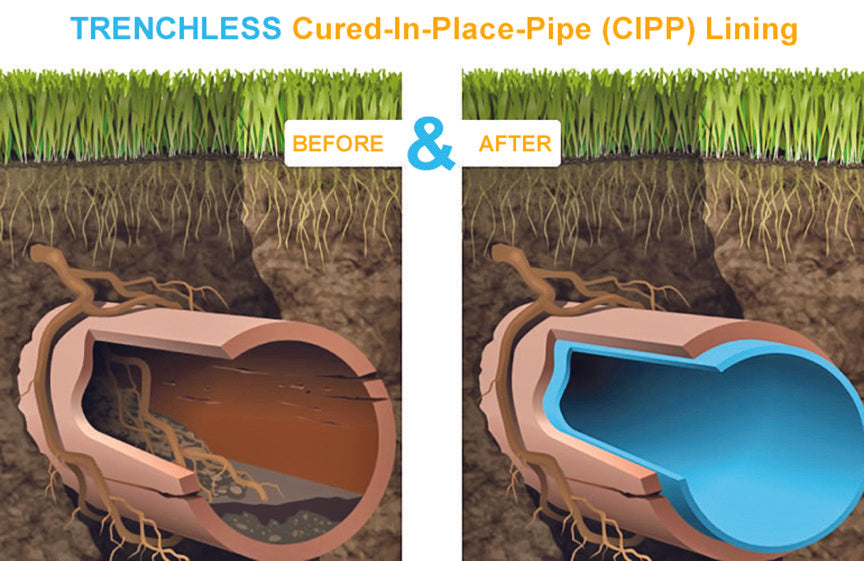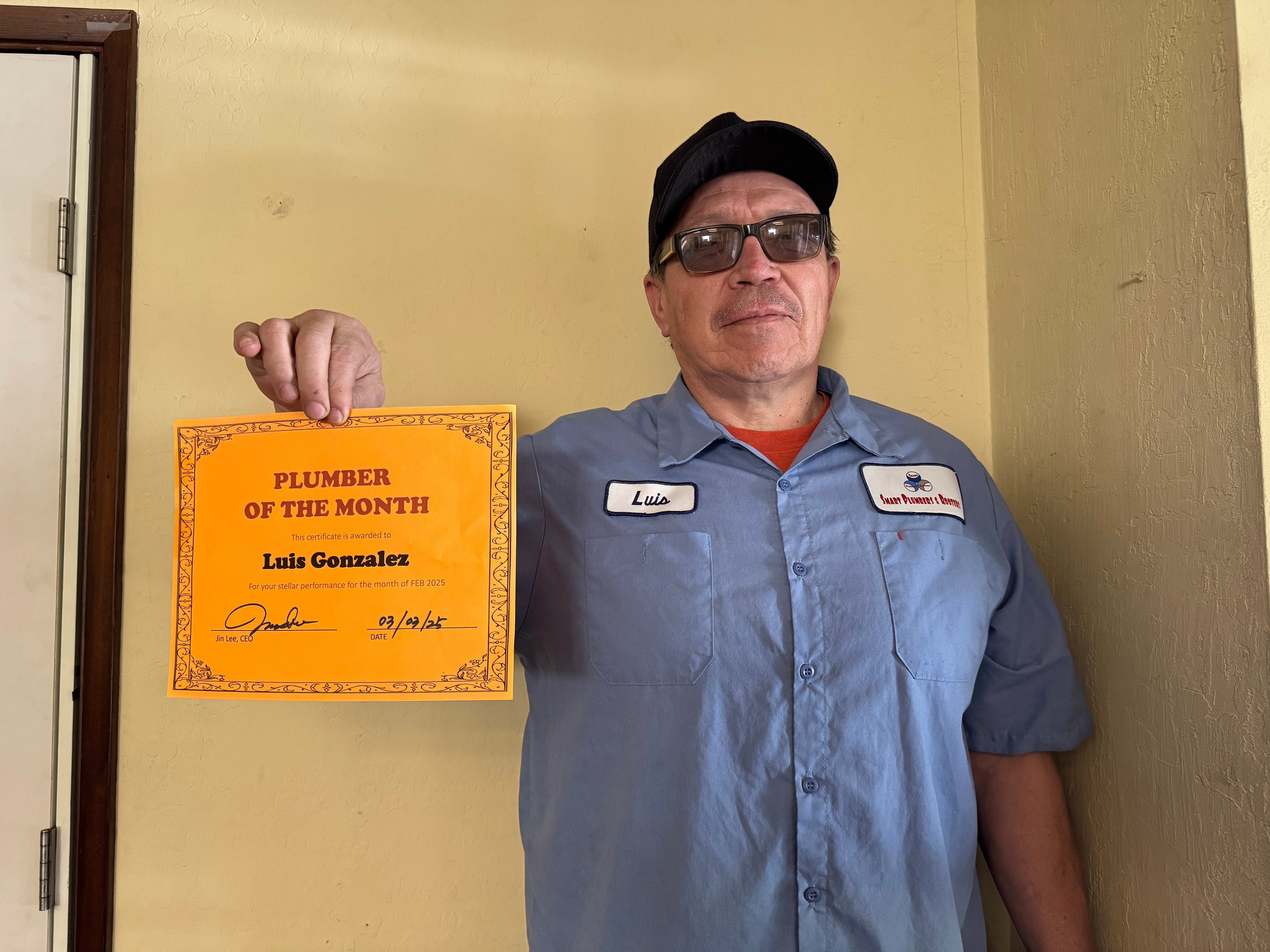
Sewer line issues can be a major headache for homeowners and businesses alike. Whether you’re dealing with slow drains, foul odors, or a full-blown backup, understanding the ins and outs of sewer line repairs and replacements can save you time, money, and stress. Below, we answer some of the most frequently asked questions about sewer line problems and their solutions.
-
What Are the Common Signs of a Sewer Line Problem?
Common indicators of a sewer line issue include:
- Slow draining sinks, tubs, or toilets
- Unpleasant odors coming from drains
- Gurgling noises in plumbing fixtures
- Frequent clogs or backups
- Wet patches or sinkholes in the yard
- An unexpected increase in water bills
-
What Causes Sewer Line Damage?
Several factors can contribute to sewer line problems, including:
- Tree root intrusion
- Aging or corroded pipes
- Grease, debris, and non-flushable items clogging the line
- Ground shifts or soil movement
- Poor pipe installation or design flaws
-
When Should I Repair vs. Replace My Sewer Line?
A sewer line repair may be sufficient if the damage is localized or minor. However, a full replacement is often necessary if:
- The pipes are severely corroded or collapsed
- There are multiple leaks or extensive root intrusion
- The system is outdated and prone to frequent problems
One of our professional plumbers can conduct a camera inspection to determine the best course of action!
-
What are the Different Methods for Sewer Line Repair and Replacement?
A. Traditional Excavation: This method involves digging a trench to access and replace the damaged pipe.
B. Trenchless Pipe Repair: Two common trenchless methods include...
- Pipe Lining (CIPP)--A resin-coated liner is inserted into the existing pipe and hardened to create a new, durable inner surface
- Pipe Bursting--A new pipe is pulled through the old one, breaking the existing pipe apart while installing a new one in its place.
-
How Can I Prevent Future Sewer Line Issues?
Preventative maintenance can save you from costly repairs. Best practices include:
- Regular professional inspections
- Avoiding flushing non-degradable items
- Keeping tree roots away from sewer lines
- Using enzyme-based drain cleaners instead of harsh chemicals
- Promptly addressing minor clogs and drainage issues
Ultimately, sewer line problems can be daunting, but understanding the causes, warning signs, and available repair options can help you make informed decisions. If you suspect an issue with your sewer line, it’s always best to consult a licensed plumber to assess the situation and recommend the best solution.
Need plumbing help? Call Smart Plumbers today at 408-247-2400 or visit www.smartplumber.com!
Serving Santa Clara County & San Mateo County
📞 Call us at: 408-247-2400
🌐 Visit us at: www.smartplumber.com



Leave a comment
This site is protected by hCaptcha and the hCaptcha Privacy Policy and Terms of Service apply.